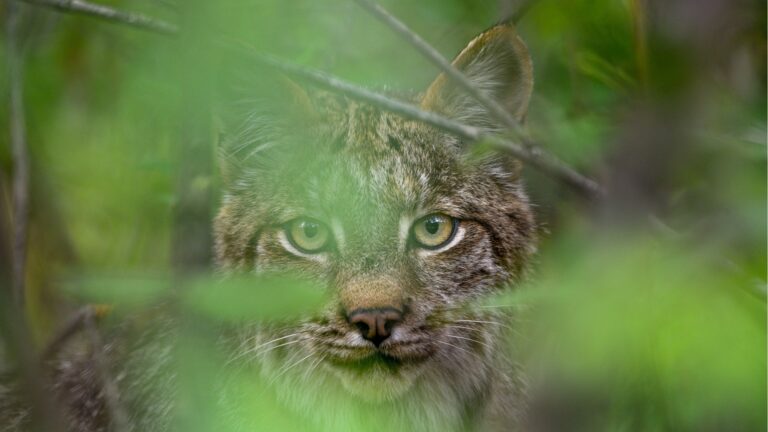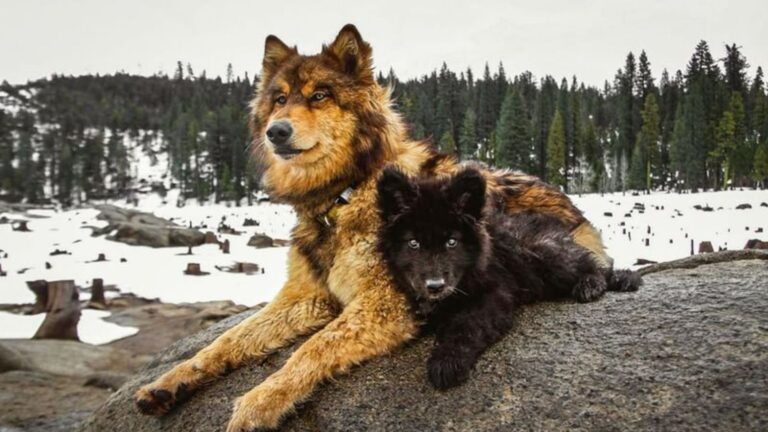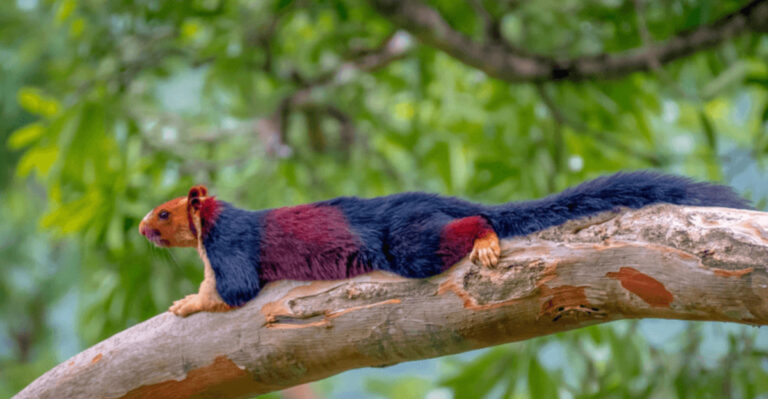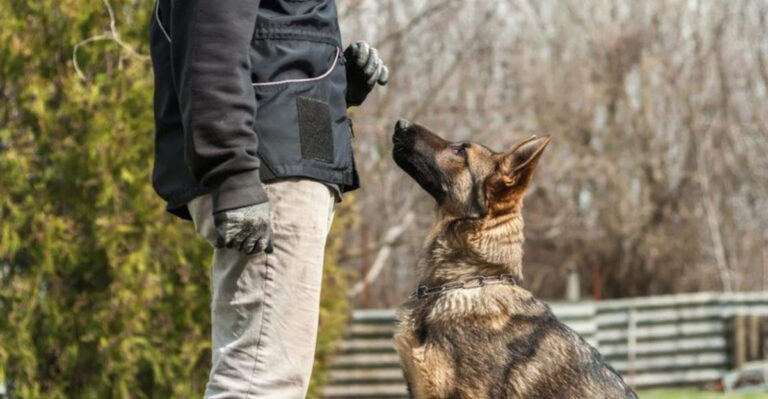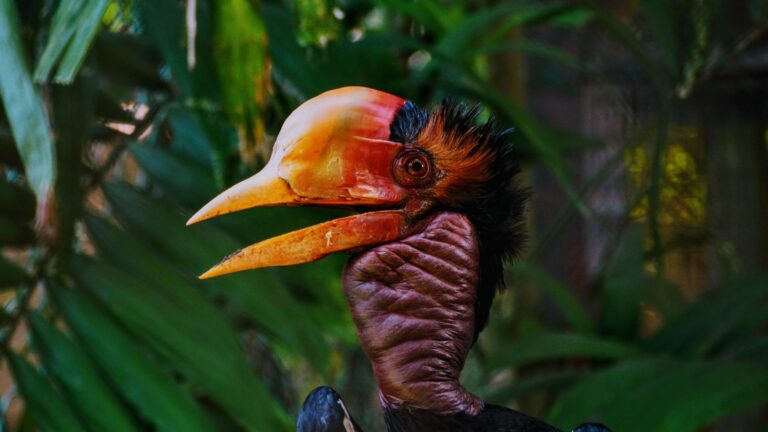10 Animals That Are The Ultimate Predators (And 5 That Might Surprise You With Their Peaceful Nature)
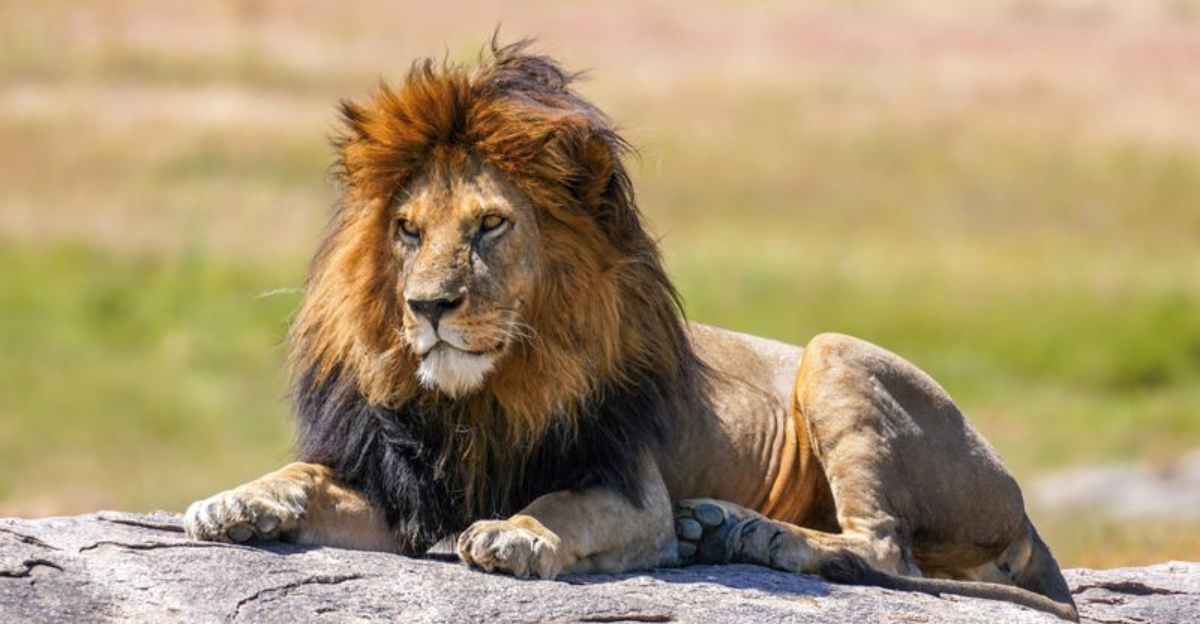
The animal kingdom is full of fascinating creatures with wildly different behaviors. Some are built for hunting, with powerful jaws, lightning speed, or clever tactics that make them feared predators.
Others might look intimidating but prefer a peaceful existence, surprising us with their gentle ways. Let’s explore these contrasting animal personalities that make our natural world so amazing!
1. Great White Shark
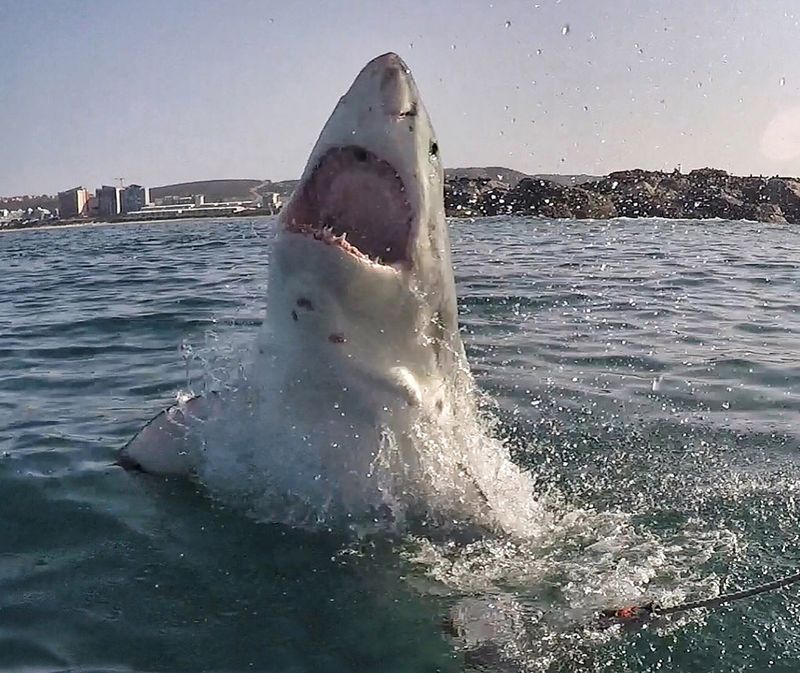
Masters of the deep blue, great whites can detect a single drop of blood from miles away. Their torpedo-shaped bodies reach speeds of 35 mph, while their 300 serrated teeth deliver a bite force of two tons.
Few creatures can escape when this 20-foot predator launches its ambush attack, propelling its massive body completely out of water to capture seals.
2. Tiger
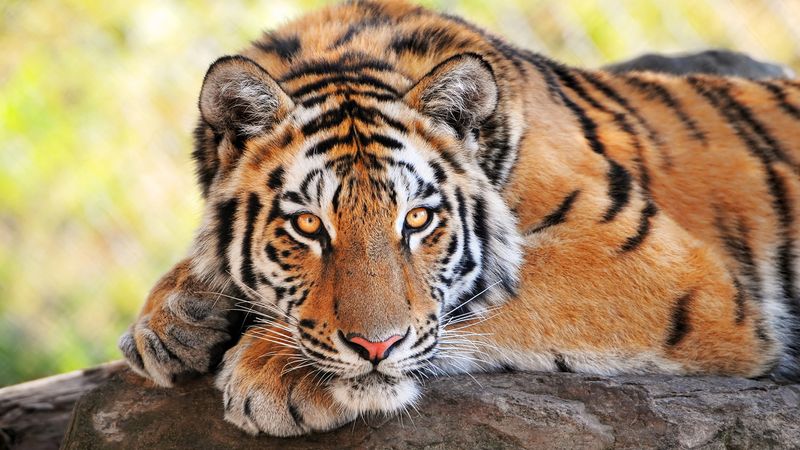
Silent stalkers of Asian forests, tigers blend perfectly with dappled sunlight through their iconic striped coats. No two tigers share the same stripe pattern – nature’s fingerprint for these solitary hunters.
Their padded paws allow silent approach before powerful hind legs launch them at prey with force equal to thirty times their body weight.
3. Crocodile
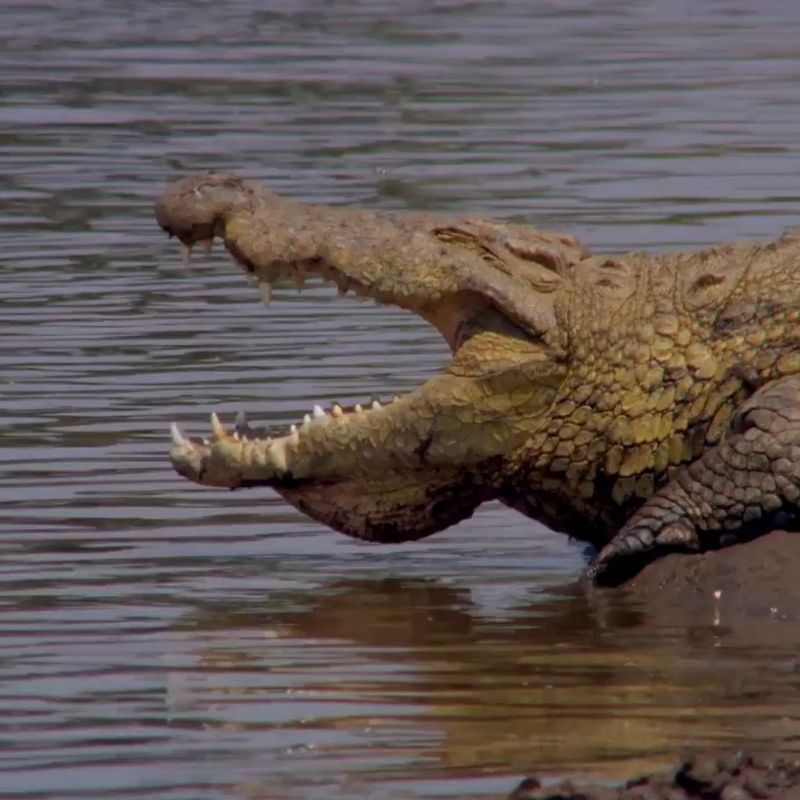
Virtually unchanged for 200 million years, crocodiles represent evolutionary perfection in predatory design.
They can remain motionless for hours, with only nostrils and eyes breaking the water’s surface as they wait for unsuspecting prey. Their bite force exceeds 3,700 pounds per square inch – strong enough to crush a turtle’s shell instantly.
4. Polar Bear

Arctic monarchs with paws the size of dinner plates, polar bears rule the frozen north. Black skin beneath transparent hollow fur traps solar heat while providing perfect camouflage against snow.
Their incredible sense of smell can detect seals beneath three feet of ice, allowing them to patiently wait or smash through with bone-crushing force when prey surfaces to breathe.
5. Lion
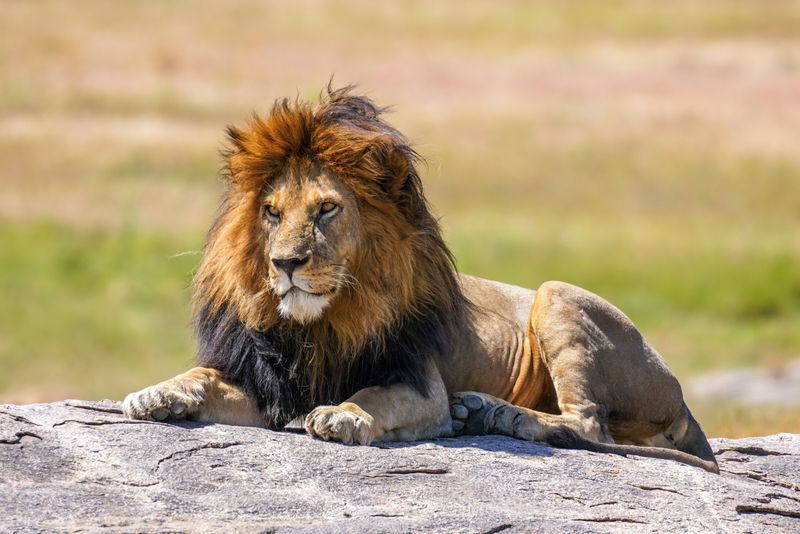
Roaring across the savannah, lions embody teamwork and raw power. Female pride members coordinate sophisticated ambushes, approaching prey from multiple angles while males deliver the finishing blow with crushing neck bites.
A single male’s roar can be heard five miles away, announcing territorial dominance and striking fear into competitors and prey alike.
6. Saltwater Crocodile
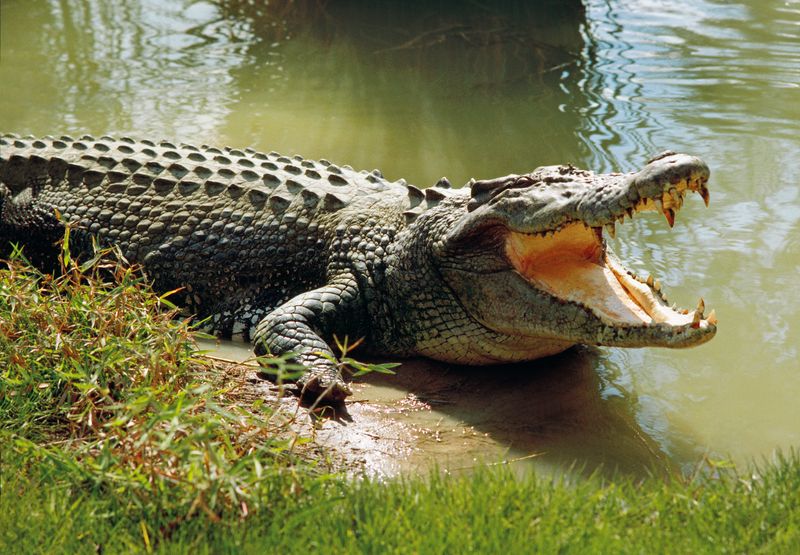
Australia’s living dinosaur grows to monstrous proportions – sometimes exceeding 20 feet and 2,000 pounds. Unlike many reptiles, saltwater crocs possess remarkable intelligence, remembering patterns and learning from experiences.
They’ve mastered the death roll, spinning underwater to tear chunks from struggling prey while special valves prevent water from entering their lungs during these violent maneuvers.
7. Orca
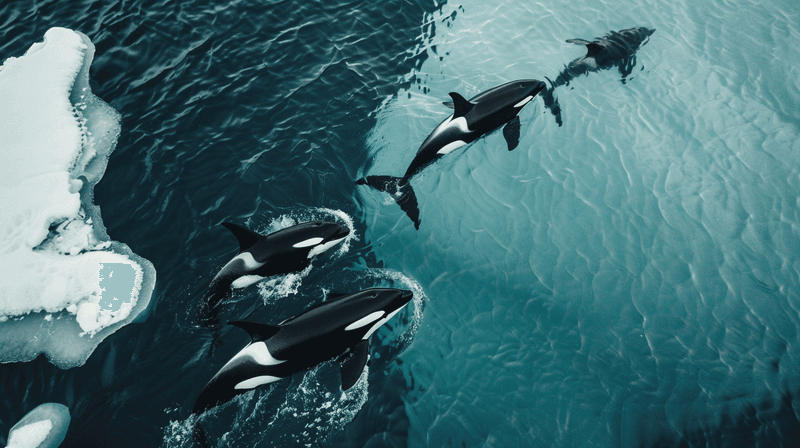
Ocean intellectuals with six-foot dorsal fins, orcas communicate through complex dialects unique to each pod. Their hunting innovations include creating waves to wash seals off ice floes and intentionally beaching themselves to capture shore-dwelling prey.
Family bonds run deep – pods share hunting techniques across generations, with some specialized in taking down blue whales many times their size.
8. Eagle

Aerial assassins equipped with vision eight times sharper than human eyesight, eagles spot prey from miles above. Their specialized talons exert pressure exceeding 400 pounds per square inch – stronger than a human hand can withstand.
Golden eagles have been documented taking down animals as large as young deer, carrying them to great heights before dropping them onto rocks below.
9. Wolf
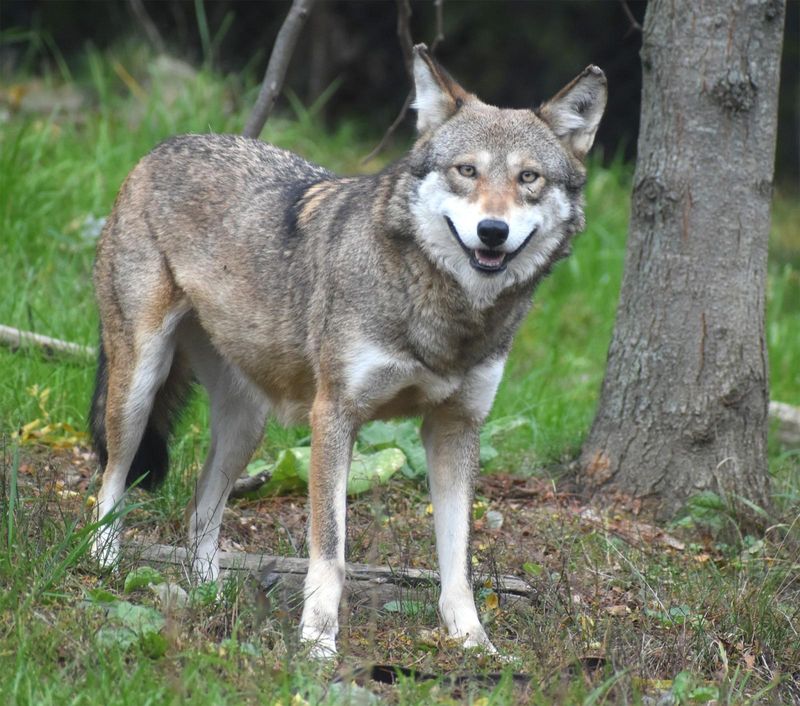
Marathon hunters of the northern hemisphere, wolves can maintain pursuit for days, wearing down even the strongest prey. Pack members communicate through an intricate language of howls, each with unique vocal signatures identifiable up to 10 miles away.
Their jaws generate 1,500 pounds of pressure – enough to crack moose femurs to access nutritious marrow inside.
10. Komodo Dragon
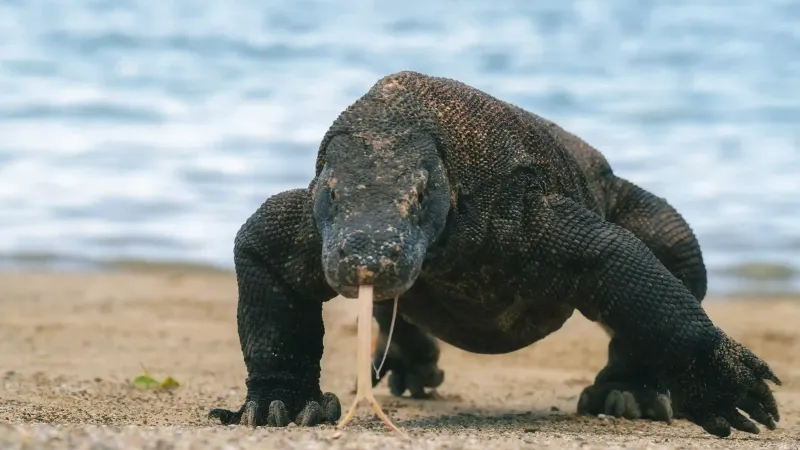
Indonesian giants with bacteria-laden mouths, Komodo dragons deploy a hunting strategy unlike any other predator. Their seemingly minor bites deliver toxic cocktails of bacteria and venom that slowly incapacitate prey over days.
Patient and methodical, they’ll track wounded animals for miles using their forked tongues to sample air particles with extraordinary accuracy.
11. Giant Panda

Behind those adorable black eye patches lies a surprising truth – pandas belong to the bear family but evolved away from predatory lifestyles. Their unique wrist bones function like thumbs, perfectly designed for gripping bamboo stalks rather than capturing prey.
A peaceful giant’s daily routine involves 12 hours of methodical munching, consuming up to 40 pounds of bamboo daily.
12. Koala
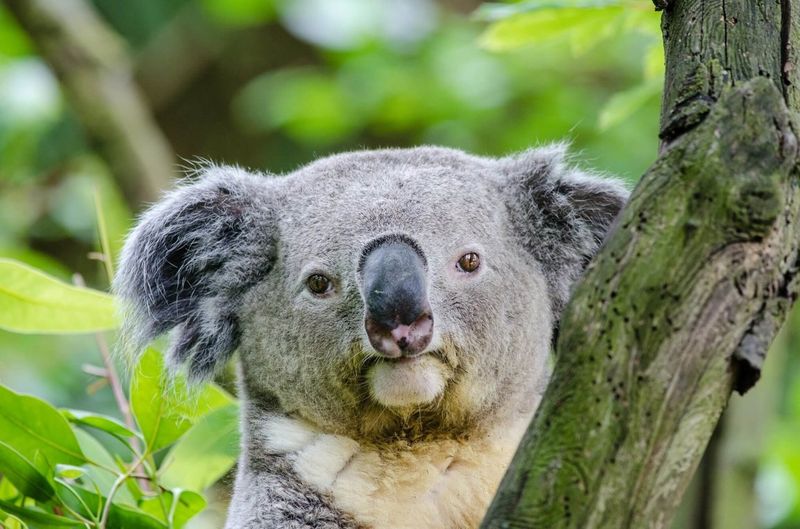
Australia’s drowsy tree-dwellers spend up to 22 hours daily in eucalyptus-induced slumber. Their specialized digestive systems detoxify poisonous compounds in gum leaves that would kill most other mammals.
Despite having sharp claws for climbing, koalas rarely use them defensively, preferring to avoid conflict through camouflage and their slow, energy-conserving lifestyle high above the forest floor.
13. Manatee
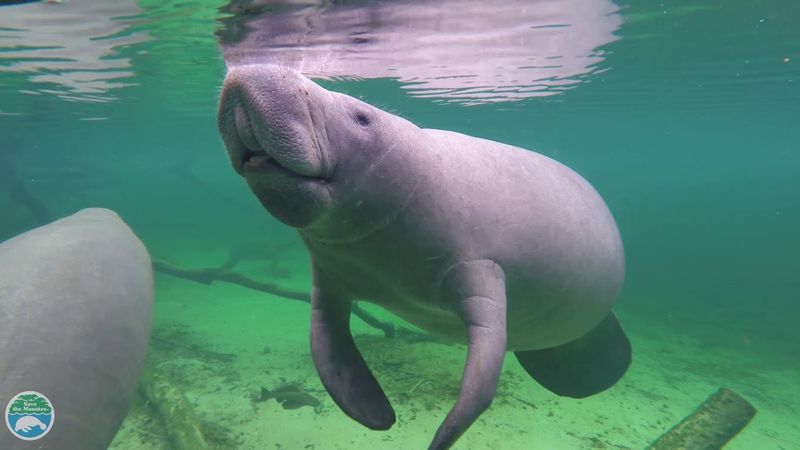
Gentle sea cows glide through coastal waters with surprising grace despite their bulky 1,000-pound frames. Ancient sailors mistook these peaceful creatures for mermaids – perhaps enchanted by their calm demeanor and curious nature.
Manatees lack natural aggression, spending their days grazing on seagrass meadows and surfacing occasionally for breaths with their whiskered snouts.
14. Sloth
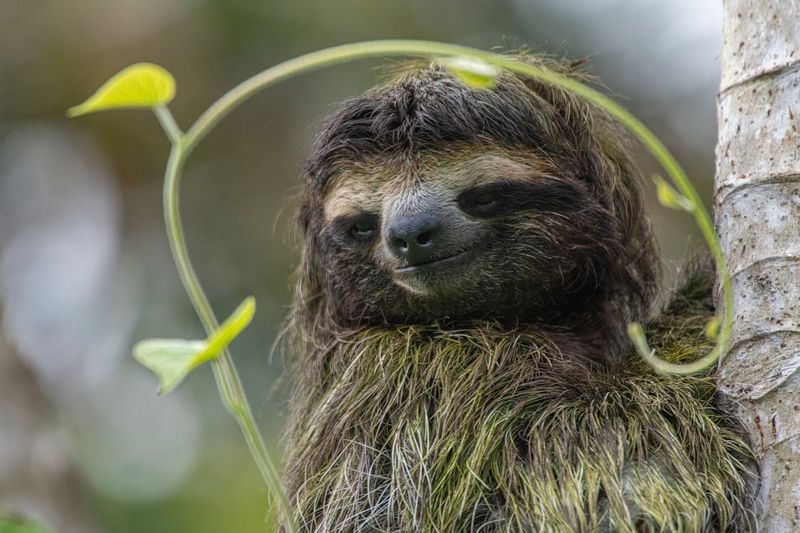
Champions of conservation, sloths move so slowly that algae grows on their fur, creating natural camouflage. Their metabolic rate ranks among the slowest in the animal kingdom – digesting a single leaf can take a month!
Content to hang upside-down for 15 hours daily, these peaceful creatures descend to the ground just once weekly, preferring life in the slow lane high above rainforest floors.
15. Horse

Beneath rippling muscles capable of generating 14.9 horsepower beats the heart of a natural peacekeeper. Wild herds establish harmony through subtle body language rather than aggressive confrontation.
Horses possess extraordinary emotional intelligence, forming deep bonds with humans and herdmates alike. Their flight response to danger rather than fighting reflects their inherently peaceful nature despite their impressive strength.

